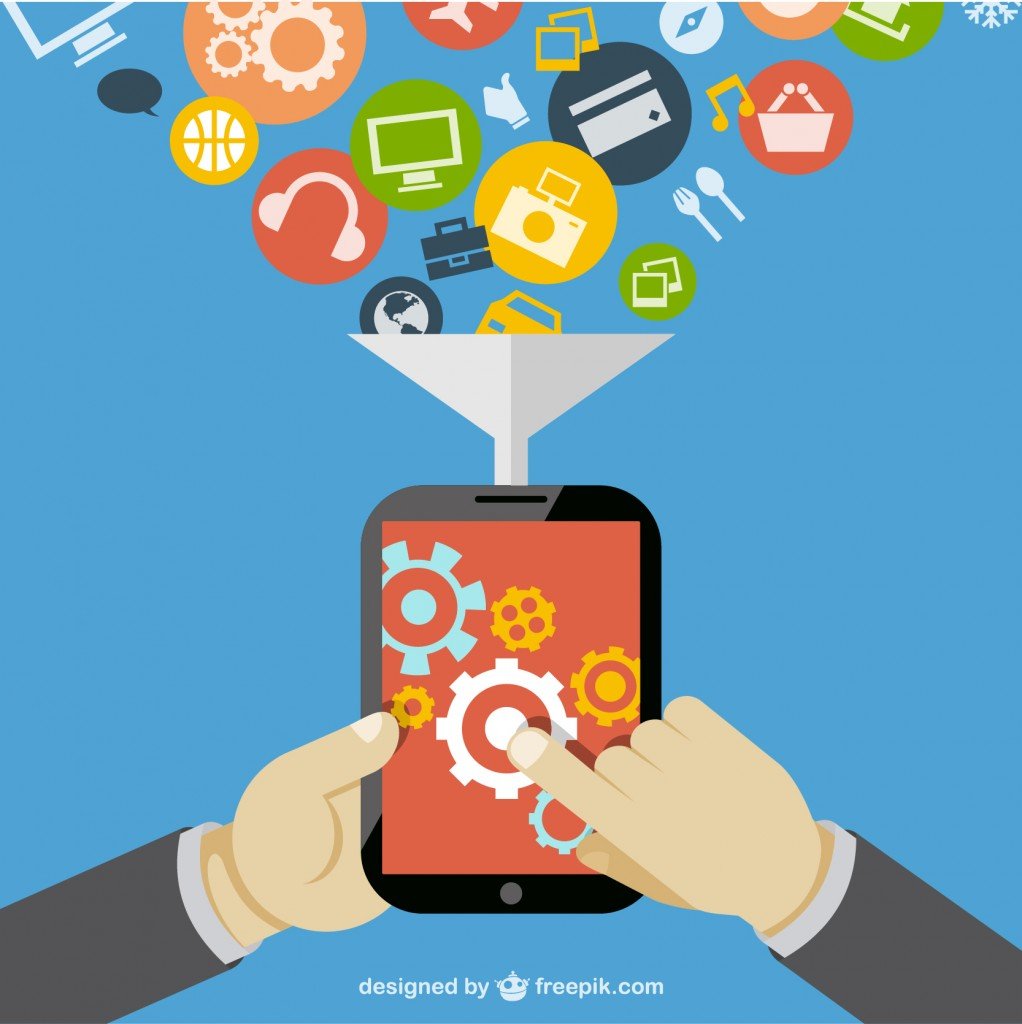The Internet of Things (IoT) revolution is ongoing; daily objects are being connected to the Internet one way or another.
In light of the worldwide demographic transition, the IoT and Silver economy are connected in many ways.
Connected objets and Silver economy are a good match
Since the health and healthcare sectors are the biggest booming sectors of IoT, many actors are already developing specific solutions with smart objects for elderly people and people with a decreasing autonomy. Many of these connected objects aim to help the person staying in their home for as long as possible.
Booming connected objects deal with the Oldie Boom
Many young start-ups are already specialised in connected objects and we are far beyond the first projects of “connected kettles” in Japan which send an automatic alarm if the kettle hasn’t been activated enough during the day.
Connected objects at the service of Silver economy include:
- Quantified Self objects (blood pressure monitors, pedometers, actimeters, blood glucose monitors, etc…);
- smart pill dispensers for reminders to take medication;
- smart scales associated to smartphone apps;
- There are also undergoing projects on new smartwatches and overall on several objects with a geolocation function such as vehicles without a driver.
- Tele-assistance boxes are now equipped with M2M sim cards. We now tend to speak more of “connected jewels” rather than teleassistance medallions.
Connected objects need to be reliable
Nevertheless, the IoT revolution will only go well if security and privacy issues are properly taken into account. So far:
- 70% of connected objects are vulnerable to Internet attacks.
- According to the Internet of Things Research Study (Fortify- Hewlett Packard)¸250 vulnerabilities have been detected in the 10 most popular connected objects in the world.
Some more figures:
- More than 9 billion objects are now linked to the Internet. By 2020, this figure will be multiplied by 5.
- Acccording to current date, the connected objects market will weigh 2 trillions of dollars in 2020 (among which 15% of connected objets devoted to Healthcare); in 2025, it will weigh between 3 and 6 trillion dollars.
Published by the Editorial Staff on
